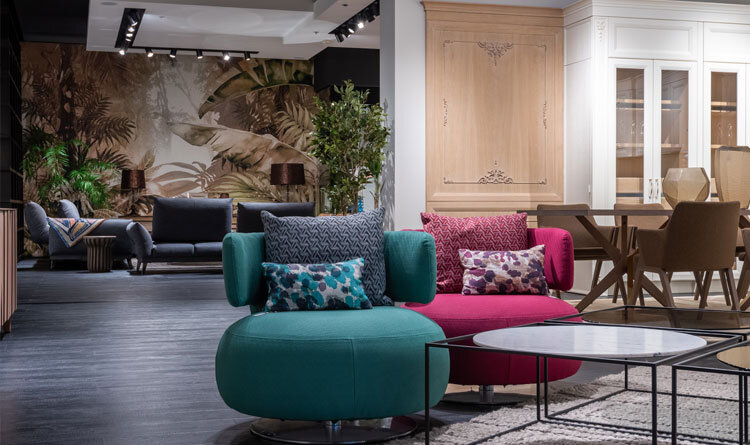For interior designers, brand partnerships can be a great way to reach new customers, build your reputation, and offer additional value to your customers – and some can even save or make you money! You may be thinking “I just run a small interior design business, I’m not a brand!” But you’d be wrong (sorry! 
And why’s that? Because your interior design business’ name, logo, slogan, location, prices, reputation, etc. are all a part of your brand. Now that we’ve cleared that up, what are some examples of these partnerships in real life in our industry? Glad you asked!
A home stager partners with a real estate agent to give each other referrals.
A designer who partners with, or becomes an affiliate of, their favourite vendors to use their products, and in exchange receives discounts or some sort of other form of compensation.
A decorator partners with a local retailer to run a giveaway for one of their products. The decorator receives a gift card or a free product to giveaway to their followers and the retailer gets exposure to these followers.
So you’re thinking of working with a partner and wondering if it’s a good idea? The quick answer: absolutely! Brand partnerships can be incredibly beneficial. But it’s important to make sure you’re partnering up with the right people or brand to ensure things are mutually beneficial, and, that things run as smooth as possible!

Make sure you have all the information you need in writing before working with a partner, it will help to protect both of you and help to manage expectations.
* One more thing, you should definitely disclose if you are going to be receiving compensation in exchange for your endorsement! If it’s discovered after the fact, it can make you look bad (and depending on where you live it is also likely a legal requirement!)
Become part of our design community. Subscribe for updates and insights!